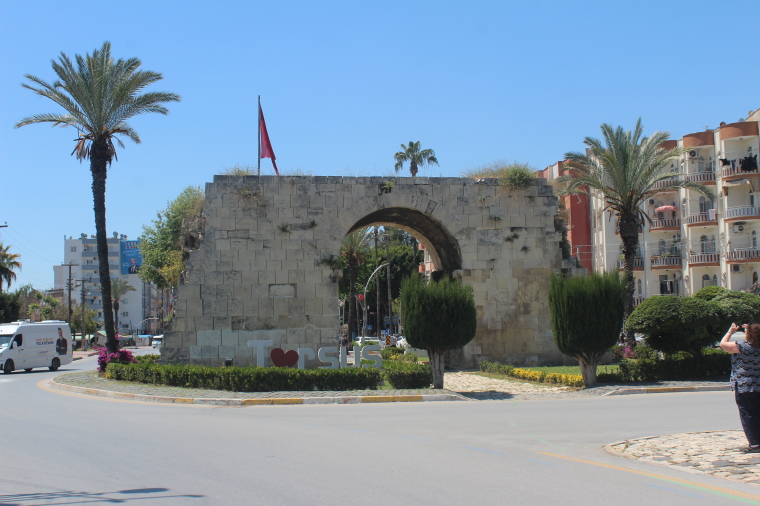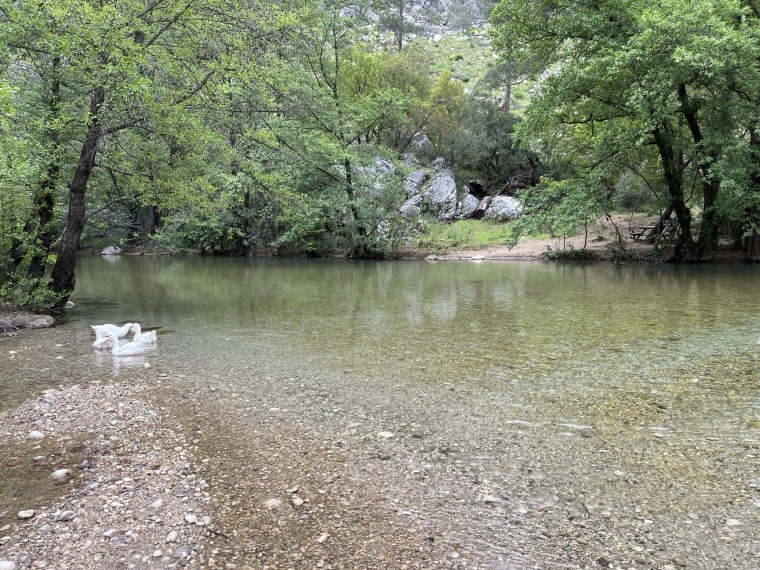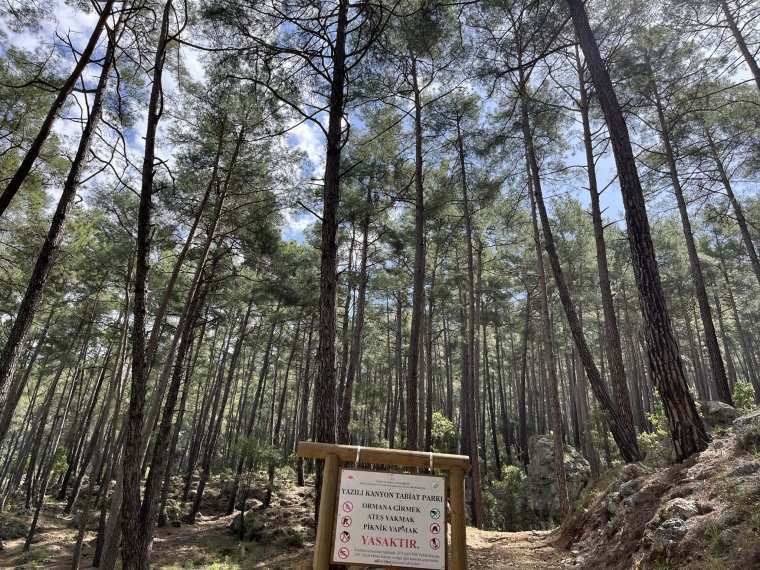A taste of Turkey 'In the footsteps of St. Paul' could change the way you see the Bible

ISPARTA, Turkey — It’s the beginning of May in Eğirdir and two weeks before Turkey’s general elections. A campaign bus blares upbeat local music in the air as it rolls slowly up Ankara-Isparta Road. The driver waves as onlookers are distracted from the bustling commerce at a farmer’s market along the street.
A friendly cat charms a group of journalists who stopped for lunch at the Arzava Restaurant on the shore of Lake Eğirdir. It's attracted by the savory servings of meatballs, fish, lamb and okra soup on their table served with drinks like Şalgam Suyu. The sometimes spicy, full-bodied drink made of fermented red carrots and turnips is popular among locals in southern Turkey.
The cat soon charms its way into an offering of meatballs from the table before setting its attention on one journalist eating fish from a platter.
The view of the lake in the lap of the mountains around the town under an overcast sky is hauntingly calming.
“People come here for nature and the beauty of the town,” Eğirdir Mayor Veli Gok explains to the journalists through tourism guide Damla Arslan who interprets the mayor's Turkish for the group. “[They] also come here to visit the ancient cities around.”

In Eğirdir, the pace of life is intentionally protected as one of 22 cities in Turkey with a cittaslow designation.
Inspired by the Slow Food philosophy, the cittaslow movement seeks to make life better for city dwellers by applying some 50 "goals and principles" challenging, among other things, the homogenization and globalization of towns around the world.
And the preservation efforts in Eğirdir are palpable.
Eğirdir is a town in Isparta Province surrounded by peach and apple orchards. It is known for clear beaches that change color with the seasons and is the capital of the Turkish Lake Region where adventurers come for hiking, water sports, camping and other outdoor activities.
It feels like an oasis.
Mayor Gok did not have to say too much to sell it. The mountains, the lake, the food, and the slowed down rhythm of life here seem in tune with nature.
Unearthing Christian history

What brought the group of journalists to the town at the invitation of Turkey’s Ministry of Culture and Tourism this spring, however, was more than nature’s beauty. It was an invitation to see a significant trove of Christian history — layers and layers of it — that had been buried for centuries.
For years now, the Turkish government has been busy excavating and preserving it. Last year, The Christian Post reviewed some of this history in a tour of the Seven Churches of Asia referenced in the New Testament book of Revelation.
This spring, Arslan, who is an experienced historian and archaeologist, chaperoned journalists on a tour called “In the Footsteps of St. Paul.” It follows the route St. Paul took as he evangelized the region in the days of the early Church and wrote about half of the 27 books that form the New Testament.

The good thing about this tour, though, is while St. Paul faced significant challenges on his missionary travels across Asia Minor, now known as Turkey, adventurous Christians looking to follow his footsteps and see the ruins of the early Church there can do so now in relative comfort, using modern transportation on well-kept highways as they experience a dizzying array of food and cultural offerings with signature Turkish hospitality.
Officials say Paul’s complete missionary route, which starts at sea level and then increases to altitudes above 6,500 feet in some places, spanned approximately 310 miles. Travelers interested in going on this pilgrimage generally take about a month to do it in the spring or autumn, when it is cooler.
The tour normally starts at the ancient city of Perge, about 6 miles east of Antalya, and ends in Yalvaç, a district of Isparta, in the north of Lake Eğirdir. Another route of St. Paul’s travels begins in the Köprülü Canyon National Park in the northeast of Antalya, then merges with the general track in the Sütçüler district of Isparta.
On this trip, journalists spent five days sampling the offerings of St. Paul’s Way from Mersin to the ruins of Perge in Antalya, the nation’s tourism capital, under the guidance of Arslan and Turkish tourism official Ozlem Bozkurt.
Arslan prefaced the visit to each site St. Paul traveled with her extensive background in history and archaeology, which helped to simulate St. Paul’s evangelizing across biblical Asia Minor in a way that inspired a deeper connection with Scripture.
Learning about the evolution of faith in Turkey — from the mother goddess, known for being depicted with "large breasts, an ample belly and wide hips," to the paganism of the Greeks and Romans who ruled the land in different periods, to the explosion of Christianity with the arrival of St. Paul and his followers, then the rise of Islam under the Ottoman empire, and how followers of each faith coexisted at various points and divided in others — inspired both humility and wonder.
Tarsus
In Tarsus, a district of the beautiful port city of Mersin where St. Paul was born, and described as “one of Anatolia’s most important faith centers,” travelers can see monuments from the multiple empires that ruled over Turkey which spans seven distinct geographic regions.
The district features sites such as the St. Paul Memorial Museum, which was once a church, a tomb believed to be that of the Prophet Daniel, the Ulu Mosque, a sixth century Justinian Bridge and historical Tarsus houses. There is also a well believed to be located on a site where St. Paul’s family lived called the “St. Paul’s Well.” It still springs water today and travelers can drink it or simply bottle it for good luck.
Pisidian Antioch
Turkey’s rich Christian history is also reflected in the ruins of the ancient city of Antioch of Pisidia where St. Paul preached his first documented sermon in a Jewish synagogue as recorded in Acts 13:13-52. The ruins located just north of Yalvaç district show the influence of Roman and Byzantine civilizations on a city that was established during the Hellenistic period.
Pisidian Antioch is sprawling and breathtaking. Along with church ruins, it features partial remains of the Temple of Augustus, a theater, the Roman Bath, Tiberius Square, the Propylon, the Monumental Fountain, Pillar Street and aqueducts.
Reading before you visit
In the foreword of his 2022 book Antiokheia: The Capital of Pisidia, Pilgrimage Center of Paganism and Christianity, which can be bought at the gift shop in Pisidian Antioch, Mehmet Özhanlı, an archeology professor at Isparta's Süleyman Demirel University, begins, “The correct answer to the ‘which one knows better: a reader or a traveler?’ question asked all over the world must be: the one who reads first and travel later."
“Traveling without reading and learning anything about the place you visit means that you will only see it. Visiting a city like Pisidia Antioch, which has been destroyed [over] centuries and has been left with no standing stone on earth, traveling without reading any kind of information about it would make you gain nothing,” he writes.

If you decide to travel to Turkey to follow “In the footsteps of St. Paul,” you are much more likely to benefit from having a good grasp of the New Testament. You are more likely to experience a stronger connection with the narrative and understand why, for example, St. Paul was mistaken for the Greek god Hermes in Acts 14, when he healed a man during his visit to the ancient city of Lystra. And why Jews from Antioch and Iconium, now present-day Konya, would turn the people against Paul and Barnabas, who was mistaken for Zeus, and why Paul went from being treated like a god to being beaten in that city and left for dead.
The unexcavated remains of Lystra are now buried under a hill located about 19 miles outside of Konya in a rural community where locals like Narman Memis, 70, and his wife, Nurten Memis, 68, live quiet lives with their farm animals and plant crops like corn, onion and potatoes.
Narman and Nurtem have four adult children and 12 grandchildren and say they are used to tourists coming to see the hill under which Lystra is buried and are happy to share their knowledge of the land on which they have lived for 17 years.
Kilistra
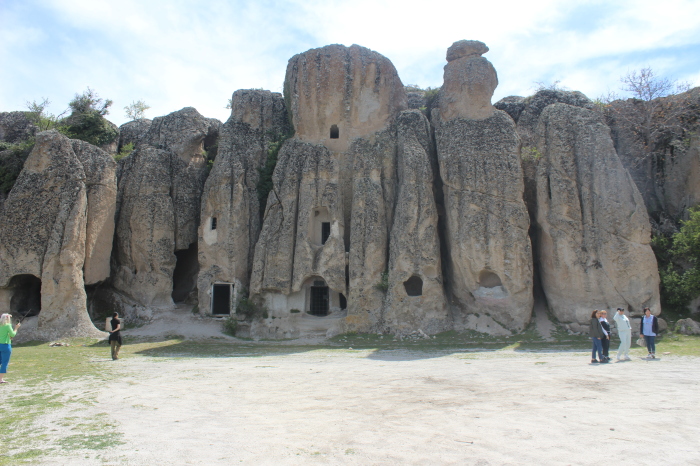
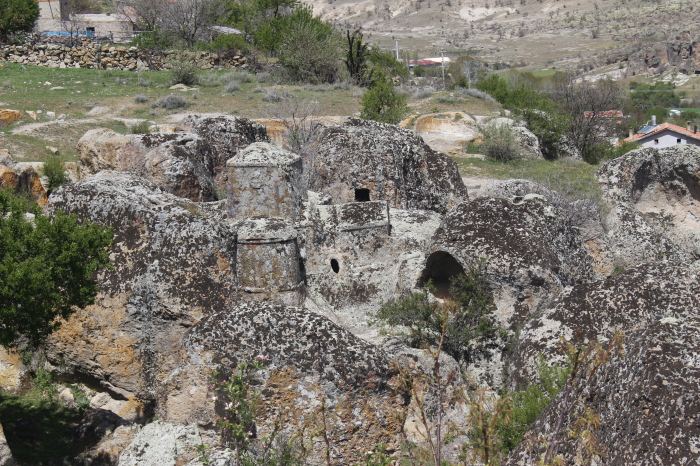

Not far from the site of the ancient city of Lystra is a stunning ancient settlement located near the village of Gökyurt called Kilistra that features rock-carved houses and churches, similar to structures in the impressive cave city of Cappadocia.
There is no definite evidence that St. Paul stopped here, but the evidence of his ministry on the residents of the cave community of Kilistra was quite clear from the churches carved in the rocks.
Adada
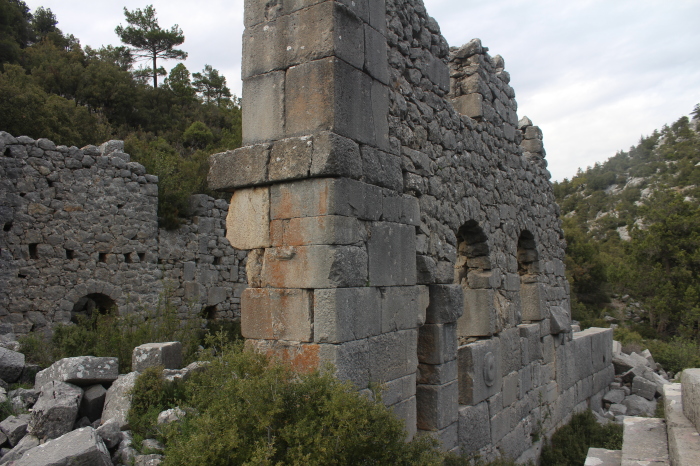
Among the newest sites on the tour is the ancient city of Adada in Sütçüler Village in Isparta Province, where the ruins of pagan temples, a theater, a church and other buildings still stand today.
“This town of Adada is another Pisidian City but it is on the main Roman route, and it is one of the places St. Paul may have passed. We don’t have written information about it, but it’s highly possible, because of the traces of the Roman road in the city,” Arslan says.

Ahmet Morel, an associate archeology professor who has been working on the Adada site for some 20 years, helped guide a tour of the ruins and highlighted the remains of what he believes was a cathedral.
“We know Adada is a part of [the ecumenical Church] Councils in the ancient times, at least the 12th century AD. They always sent bishops to Constantinople to represent Adada in the councils. At least there was a very strong Christian community [here],” Morel says.
The site, which is precariously hilly in parts, also opens into a plain featuring pagan temples and other buildings, around which horses roam.
Yazılı Canyon
If you are a lover of the outdoors, you will love the Yazili Canyon Nature Park through which St. Paul passed while traveling from Perge to Antioch of Pisidia. The park, which is surrounded by the Taurus Mountains, has many rock inscriptions and a part of the expansive Roman “Imperial Road” network also passes through it.
Perge, Antalya
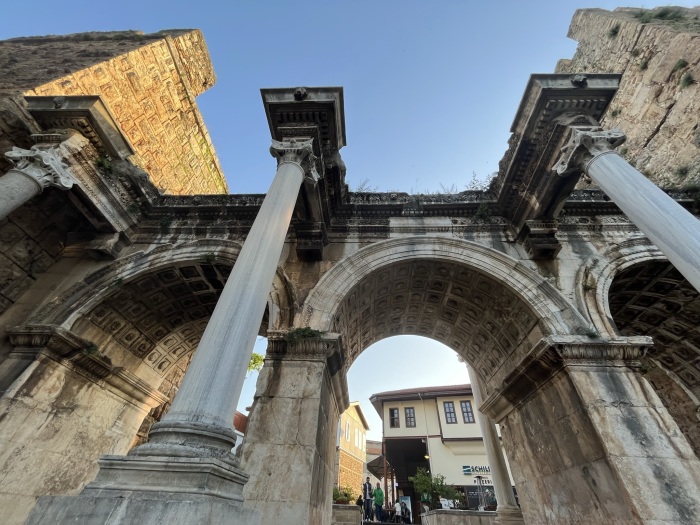
For Christians, no trip to Turkey would be complete without a visit to the ancient city of Perge, located just over 7 miles east of the Antalya city center. It’s a site that is both sprawling and imposing with a watchtower, aqueduct, agoras with double-door shops, and a 12,000-seat outdoor theater and stadium. It also features the remains of an elaborately designed Roman bath.

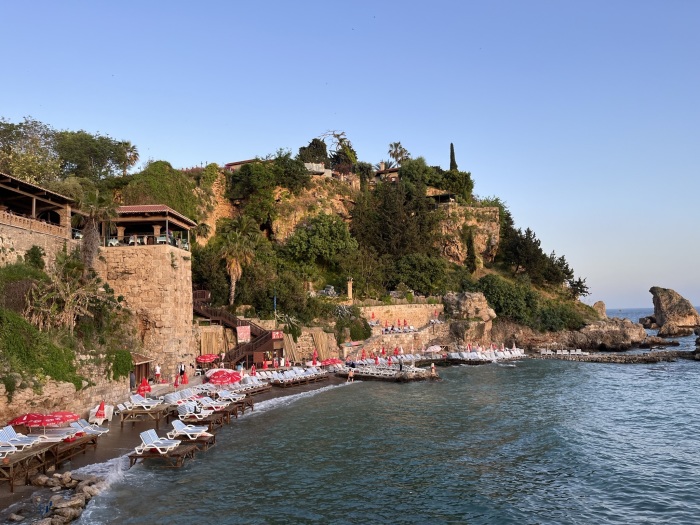
Places to stay
While touring these sites throughout the day, there are multiple hotels along the route where you can find excellent accommodation such as the Mersin Divan Hotel, Novotel Konya, Hilton Garden Isparta, and The Marmara Antalya.
Flights
There are several airlines that travel to Turkey but if you are traveling there for the first time, flying with Turkish Airlines could be a perfect introduction to signature Turkish food and hospitality.
For more information visit goturkiye.com.
Contact: leonardo.blair@christianpost.com Follow Leonardo Blair on Twitter: @leoblair Follow Leonardo Blair on Facebook: LeoBlairChristianPost










